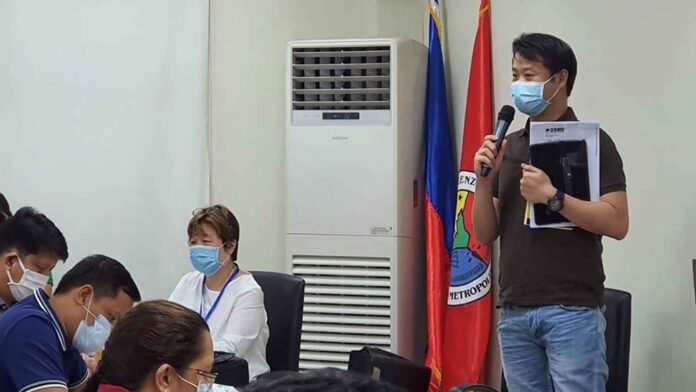Senator Win Gatchalian said the government needs to ensure that there will be enough rice supply in the market, not only within the enhanced community quarantine period but for the rest of the year, to ensure price stability of the commodity.
The lawmaker warned that our current rice inventory might stoke inflation because it is below the ideal stock inventory of three months. Based on Gatchalian’s internal calculation, the three-month inventory should have a volume of 2,968,875 MT. But based on the Philippine Statistics Authority’s (PSA) data, the country’s current rice inventory is around 2,375,500 MT which is 18 days or 593,875 MT short of the ideal stock inventory.
While he took note of the government’s intent to import 300,000 MT he, however, allayed fears that more problems might arise at the start of the lean season from July to September if Vietnam would continue to cut down on its exports. Vietnam has recently announced that it will stop accepting new rice export contracts to prioritize its own consumption. Thailand and Myanmar are another top suppliers of rice, but Thailand too will lower its rice exports due to production decline and stiffer global competition.
“Ang tanong dito kalian dadating ang karagdagang supply ng bigas dahil ngayon pa lang nagkakaubusan na ng stock sa mga pamilihan,” said Gatchalian.
He cited their own experience in Valenzuela where there has been no supply coming from the National Food Authority (NFA) leaving them with nothing to provide for their constituents. Since the lockdown has been implemented, shipping and port operations have also been affected.
Gatchalian called on the DA to carry out a robust contingency plan for the rest of the year to prevent a possible rice shortage.
“Ngayong nasa gitna tayo ng isang krisis, ang isa sa pinaka importanteng magagawa ng ating gobyerno ay siguruhin na may sapat sa hapag kainan ng bawat pamilyang Pilipino. Pero sa nakikita natin ay mayroon nang nangyayaring rice shortage,” he pointed out.
At the same time, the senator said the government should provide subsidies to local rice farmers to reduce production cost and boost local rice production.


